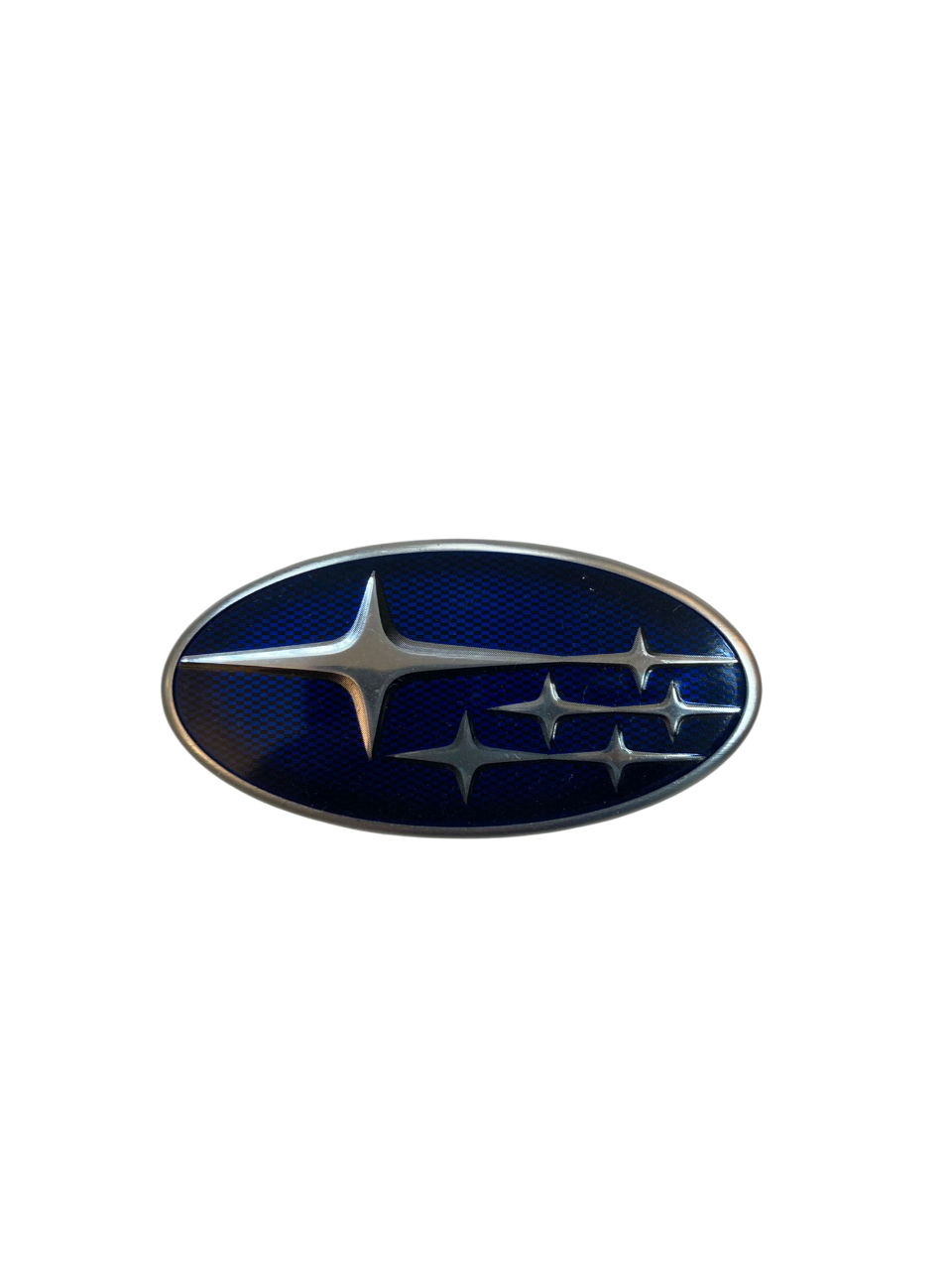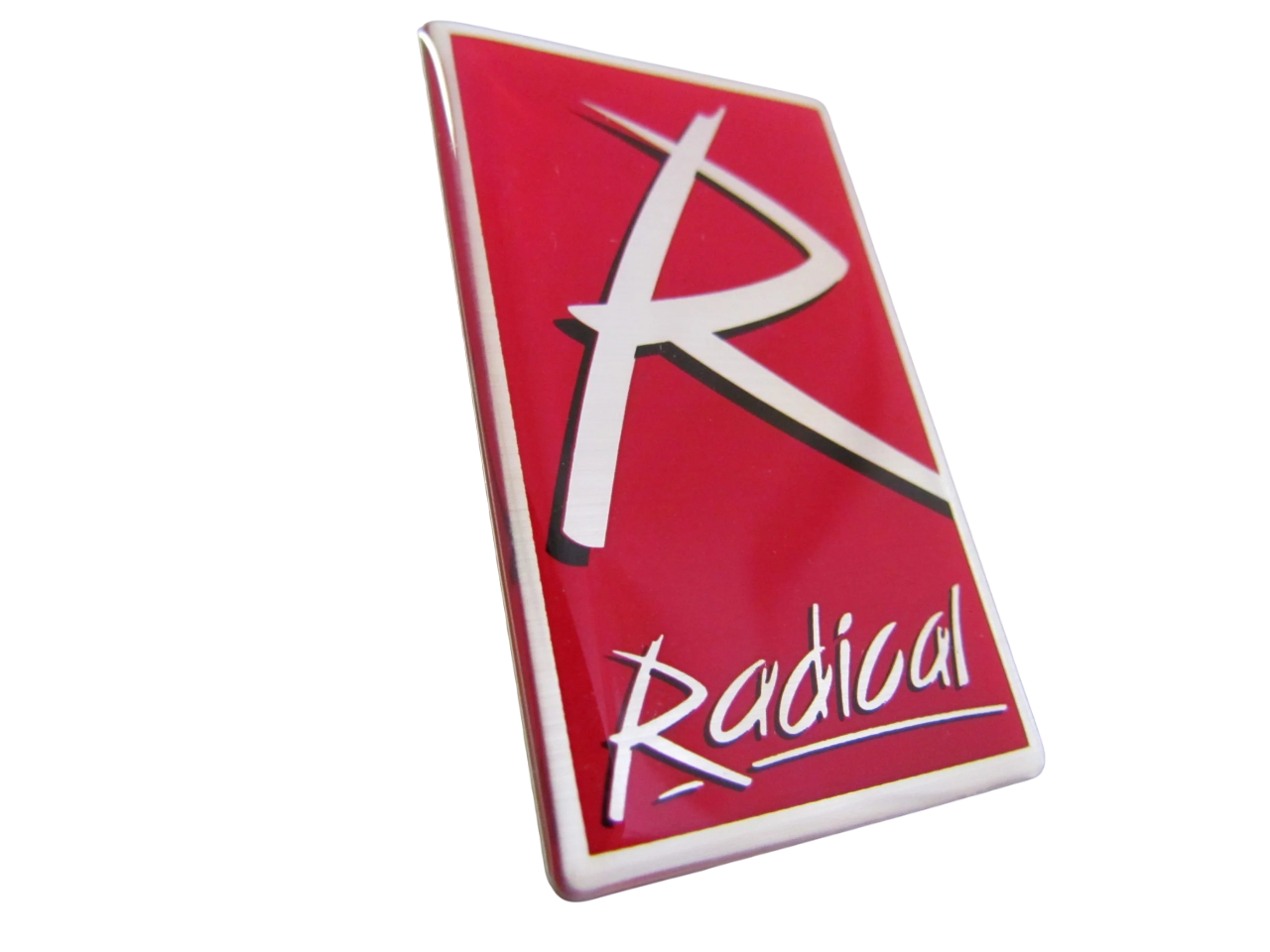Product Details
Materials
Materials Include:
- Aluminum
- Anodized Aluminum
- Stainless Steel
- Zinc
- ABS
- Polycarbonate
Manufacturing Processes
Manufacturing Processes Include:
- Stamping/Embossing
- Chemical Etching + Paint
- Injection Molding
- Hot & Cold Forging
- Die Casting
- Electroforming
- More!
Surface Process
Surface Processes Include:
- Anodizing
- Screen Printing
- In-Mold Decoration (IMD)
- Hot Stamping
- Painting
- Electroplating
- Physical Vapor Deposition (PVD)
- Diamond Cutting
- Hairline Finish
- Sandblasting
- Doming
Many more unique finishes and textures available.
Attachment Methods
Attachment Methods Include:
- Adhesives
- Tabs
- Mounting Holes - Rivet Holes
- More
Minimum Order Quantity
Minimum Order Quantity: 100
Quantity Discounts: 250, 500, 1000, 2500, 5000, 10000+
Lead Times & Shipping
Sample Lead Time: 18-21 days from the time we receive artwork approval.
Production Lead Time: 21-28 days from time we receive sample approval. If no sample is required the total lead time is 21-28 days.
Shipping: We ship all orders in the United States free using FedEx Ground or FedEx 2-Day, depending on the size of the package.
We may be able to rush your order if necessary. Please let us know if your order needs to be rushed.

The Heartbeat of Your Cabin: Make Every Mile Memorable
When your drivers grip the wheel, the OEM badge at the center instantly communicates your brand’s identity and quality. By choosing from limitless options in materials, manufacturing processes, finishes, textures, and colors, you can create a truly one-of-a-kind piece that heightens the emotional bond between driver and vehicle. It’s more than just a logo—it’s an essential touchpoint that resonates each time someone takes the road in your car. Let your steering wheel badge reflect your commitment to innovation and excellence, leaving a lasting impression on every journey.

The Mesmerizing Luster of Crystal-Coated Emblems
Domed badges bring a captivating 3D effect to steering wheels, making your brand emblem stand out with added depth and shine. Typically painted, printed, or embossed on metal or plastic, they come in a variety of colors, textures, and finishes to complement any vehicle design. All our doming is done using automotive-grade polyurethane resin that meets strict ISO durability standards, ensuring longevity and resilience. When installed on your OEM vehicles, these sculpted badges deliver an upscale, memorable touch that resonates with drivers and elevates the overall aesthetic.
Frequently Asked Questions
Are NSS (Neutral Salt Spray) tests available?
What is the NSS test?
The Neutral Salt Spray (NSS) test is a standardized corrosion test that simulates a corrosive saline environment. In this test, a 5% sodium chloride solution is atomized under controlled conditions to create a dense salt water fog within a testing chamber. This environment subjects the test samples, such as steering wheel badges, to severely corrosive conditions, challenging the integrity and durability of their coatings.
How does Trailblazer conduct NSS test?
Trailblazer uses state-of-the-art testing chambers compliant with international standards like CASS, ASTM B117 and JIS Z 2371. Testing apparatus includes the latest technology with features like HMI touchscreen controls, allowing for precise parameter settings and repeatable testing. The chamber's construction includes double-walled glass wool insulation, ensuring no heat loss and accurate testing conditions.
What if we don't have the artwork in the necessary format?
Our team of skilled designers specializes in converting rough sketches or basic drawings into professional, production-ready artwork. This means that you can simply provide us with your hand-drawn ideas, and we'll take care of the rest. We use the latest graphic design tools and techniques to refine your concept into a polished, digital format that's suitable for production.
Here's how the process works:
- Submit Your Drawing: You start by sending us your drawing or sketch. This can be as basic or detailed as you have available – a simple pencil sketch on paper is perfectly fine.
- Professional Conversion: Our design team will then digitize your drawing, converting it into a high-quality, digital artwork file. We pay close attention to your vision and ensure that the essence of your original concept is preserved.
- Review and Approve: Before we proceed to production, we'll send you the digital artwork for your approval. This step ensures that you're completely satisfied with the design and that it meets your expectations.
- Production Begins: Once you approve the artwork, we'll move forward with the production process, turning your vision into a tangible, high-quality product.
